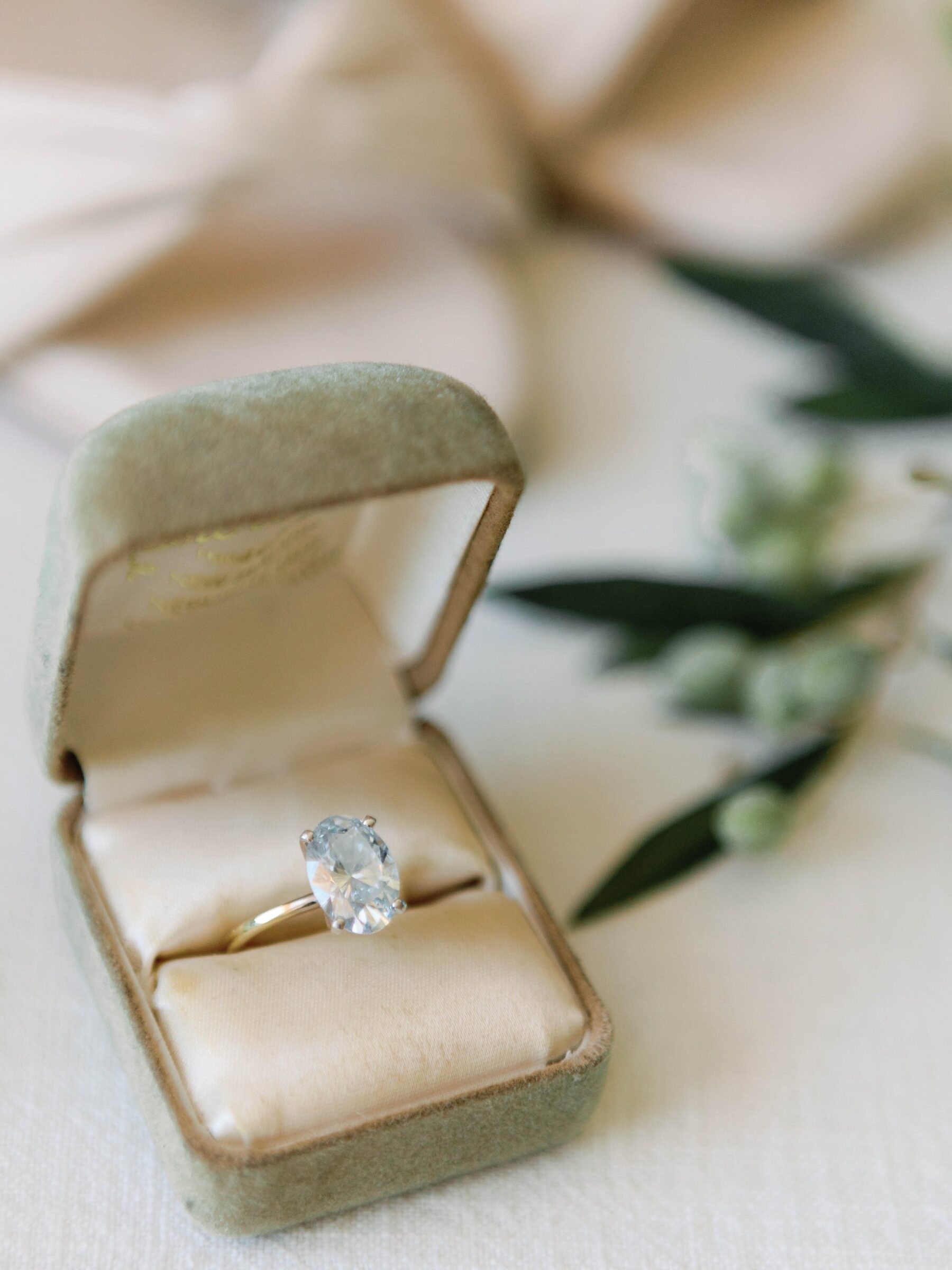Flawless Moissanite: It’s all in the shape!
Emmeline Smith explores a variety of stunning stone shape cuts to help you select the ultimate engagement ring
If you’re looking for the perfect engagement ring, you’ll already know that there’s a wonderful world of gemstone cuts to choose from, some you’ll know, while others are a bit more unusual. While the stone shape you select really comes down to personal preference, it’s interesting to learn that some shapes lend themselves better to different stones. Here I take a look at a variety of shapes available, to help you decide which is the best stone cut for you.
Maximum brilliance
Whether stones are lab-created or mined, they don’t start out as the glistening rocks we see in the jeweller’s window. The process of getting the raw stone ready to be set into jewellery involves cutting and polishing. A professional gem-cutter will examine each stone on its own merit and work out which cut will be best to enhance its natural beauty.
Gemology is a real science, so keeping things very basic here, the intensity of a stone’s sparkle is influenced by three main things: reflection, refraction and dispersion. Reflection takes place when the light that enters the gem does not pass into it but is reflected off the internal angles and directed back out. The refracted light then exits the gem, resulting in a blinding sparkle! The more light a stone reflects, the more brilliant it is and the more stunning the lustre.
Most stone cuts are multi-faceted, meaning there are many sides, cut at precise angles. Usually, the stone will be flat on the top, with various polished faces, going into a point at the back. All of these angles and shapes refract the light creating the most sparkly result!
Glistening moissanites
We’re such massive fans of moissanites as an alternative to a traditionally mined diamond for engagement rings. Although they look similar to diamonds at first glance, they’re totally different stones – diamonds are made from carbon, while moissanites are made of pure silicon carbide, a very rare, natural mineral.
Moissanites are super durable, will last a lifetime and are even more gleaming than diamonds! The two stones are slightly different in colour, which you can notice when placed side by side. You’ll also notice that a moissanite produces more colourful flashes of light than a diamond and is ranked higher on the refractive index.
Not only are moissanites more stunning than mined diamonds, but they’re also kinder to the environment and have a much smaller price tag. They can be up to 80% cheaper than the same size diamond equivalent and created in a lab, so avoids harmful mining – what’s not to love?
No compromise
Just to clear this up, a moissanite isn’t a fake diamond – it’s an entirely different stone, in the same way, rubies, sapphires and emeralds are. While both are ‘colourless’ gems, there’s a subtle difference in their colour, which you may notice if you’re an expert. A moissanite has either a grey or yellow tint, whereas a diamond is more white. However, to some, this is prettier, with their unique fiery rainbow radiance.
And because moissanites are a natural stone, each one is examined by an expert, and then cut to enhance its specific natural brilliance, which means each one is truly unique. Moissanites are treated and cut the same as a traditional diamond and can be cut into any size or shape. So, when you’ve decided that a fabulous moissanite is the gem for you, the really fun part is choosing the style of ring that you want!
Step or brilliant cut
To get you started, there are two basic types of stone cuts – Step and Brilliant. A brilliant cut is the more complicated design, created to enhance maximum sparkle, while a step cut is more simple and ideally suitable for a stone with excellent clarity, as it really shows off a stone’s natural beauty.
Brilliant cut stones often have 58 angled facets – sometimes even more – which gives the cut maximum sparkle. While a step cut will have parallel lines, forming ‘steps’ and are a more subtle shape, enhancing the clarity and colour of the gem.
Something else to look out for when choosing your gem is extinctions and windows. Extinctions – or blackout – is an area of darkness seen in the stone, while ‘windowed’ means it will have an area of reduced colour in the centre of the stone and is darker around the edge, which can affect the overall brilliance and value of a stone.
Basic stone-cuts
Asscher
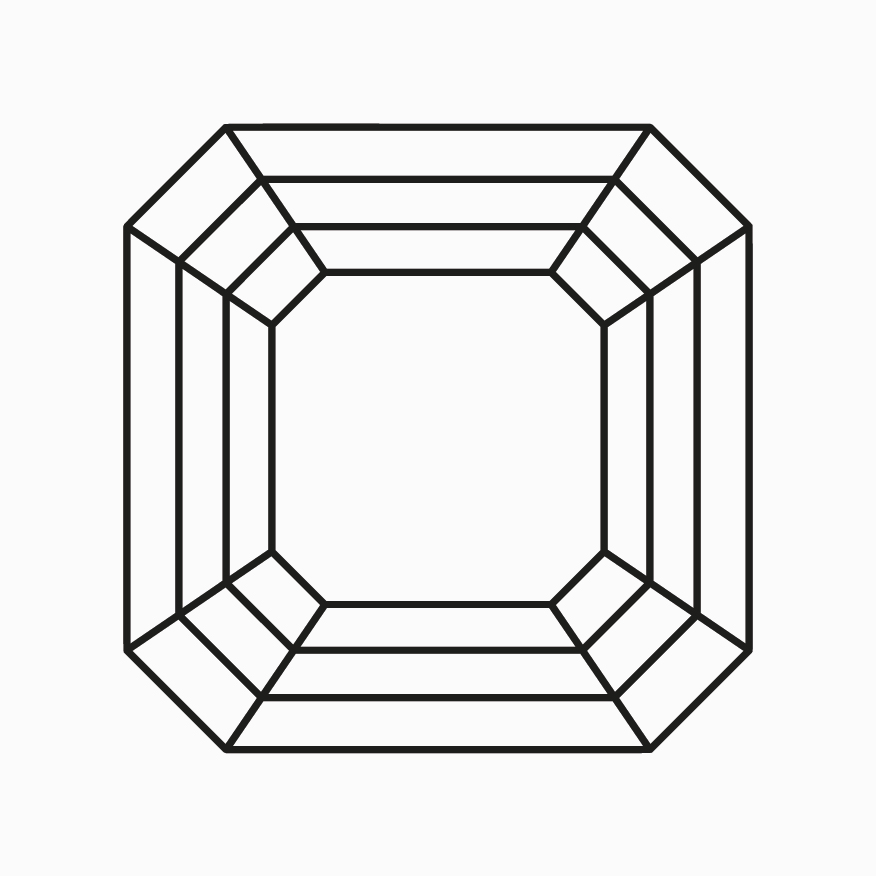
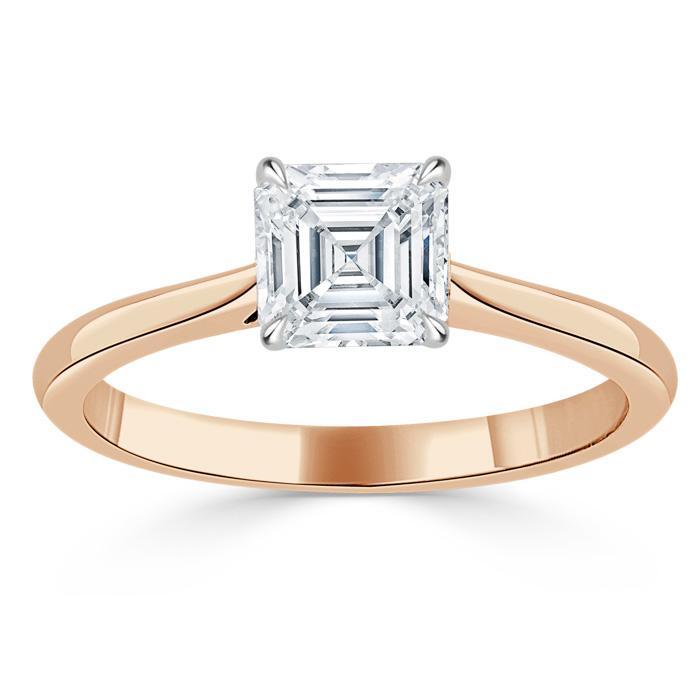
Asscher is a square step-cut stone which looks octagonal from above and became popular during the art deco era.
(Asscher cut moissanite engagement ring, rose gold)
Cushion or pillow
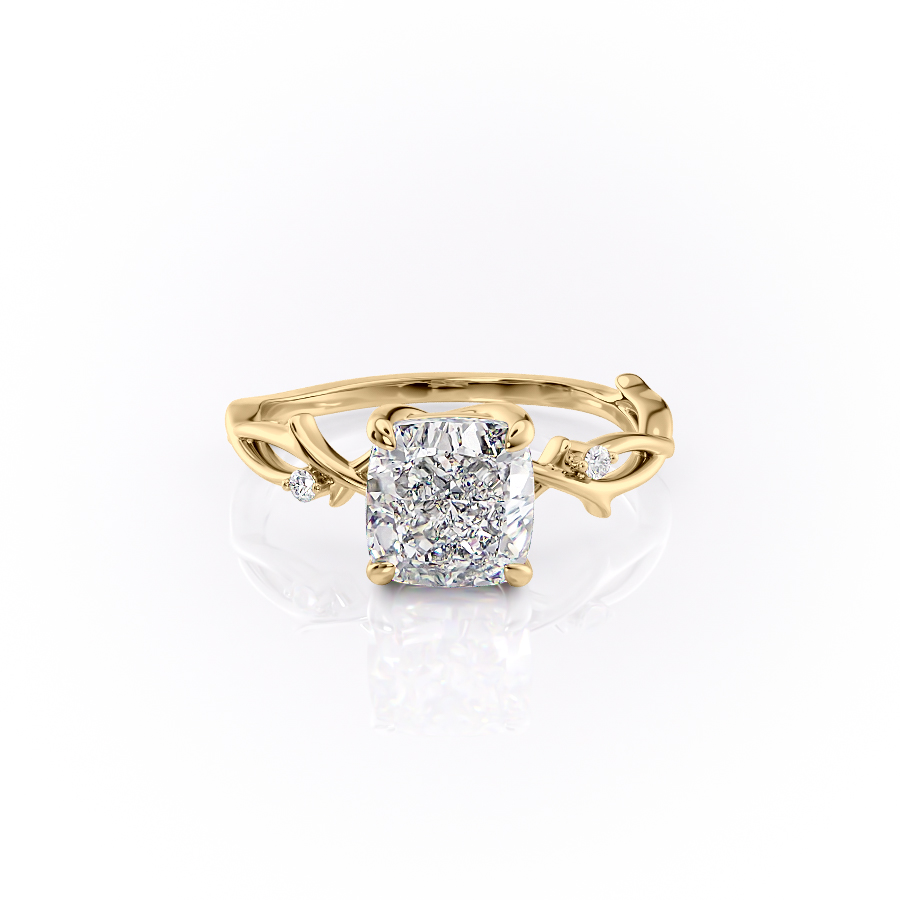

A cushion or pillow is a square, brilliant cut with rounded corners, resembling a pillow, popular for over 200 years.
(Image: Cushion cut moissanite engagement ring, twig design, yellow gold)
Emerald
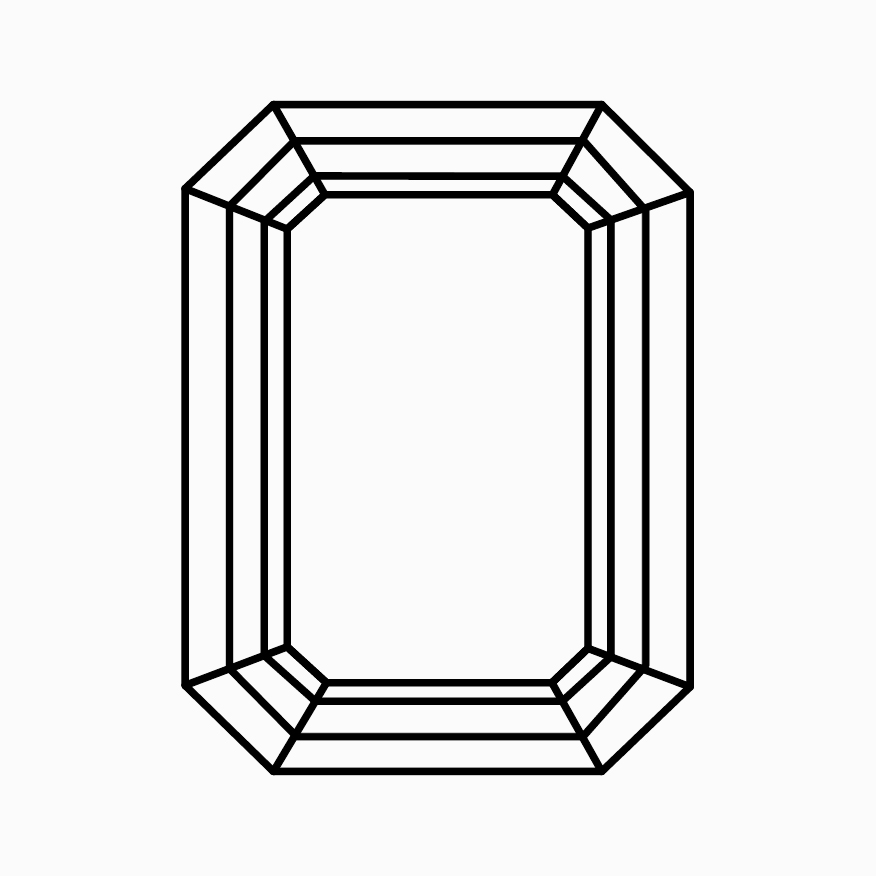
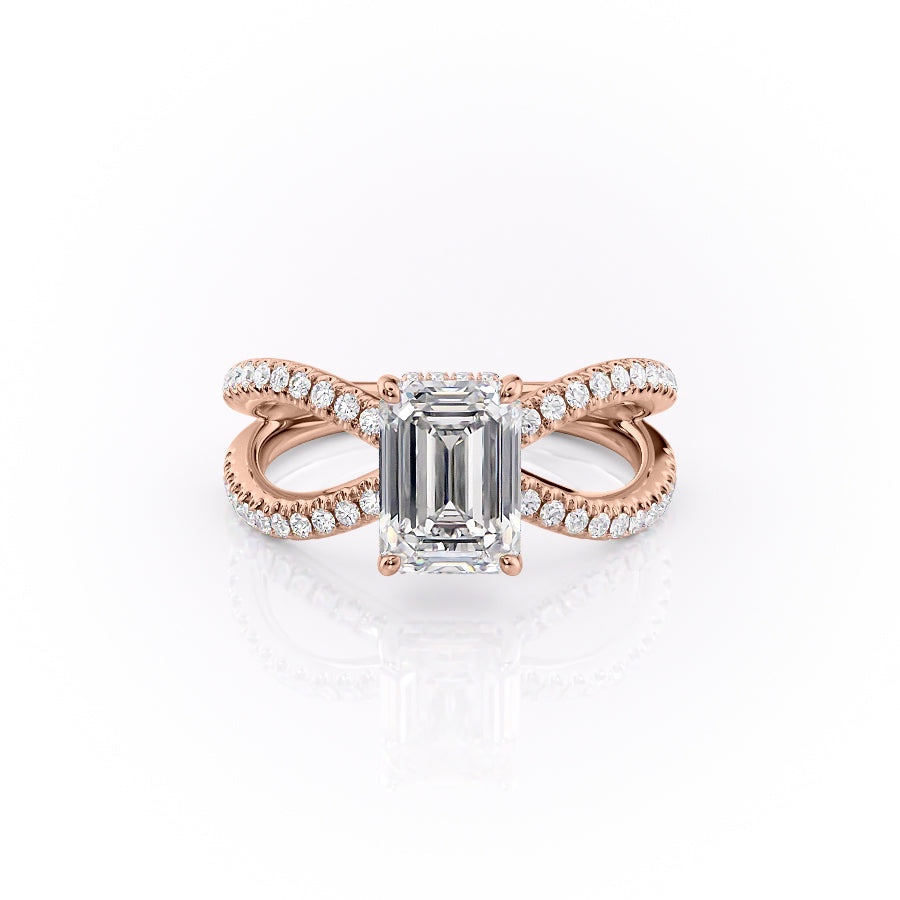

The emerald cut is an elegant rectangular step cut, another style which came to prominence in the art deco era.
(Image: Emerald cut moissanite criss-cross design, rose gold)
Heart
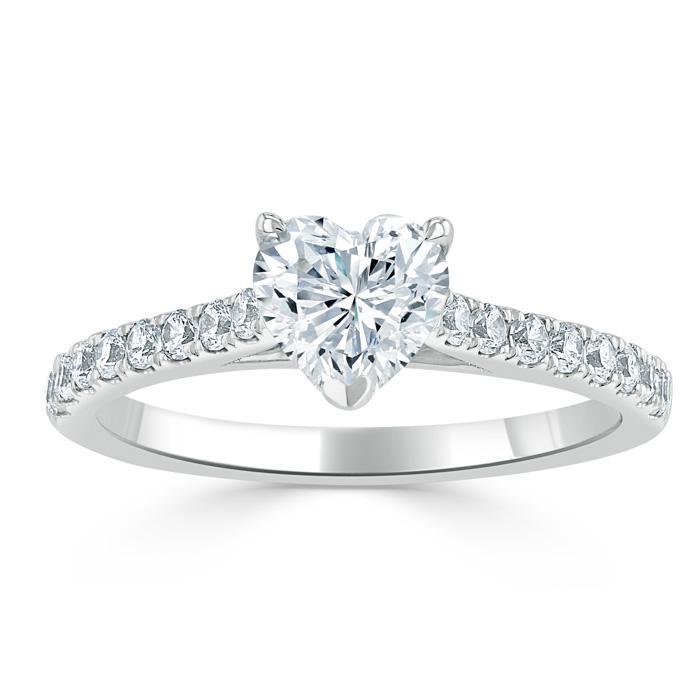

Heart-cut gems are increasing in popularity and are just so romantic! They usually have 59 facets and are one of the most challenging shapes to create.
(Image: Heart cut moissanite engagement ring, classic style, white gold)
Marquise
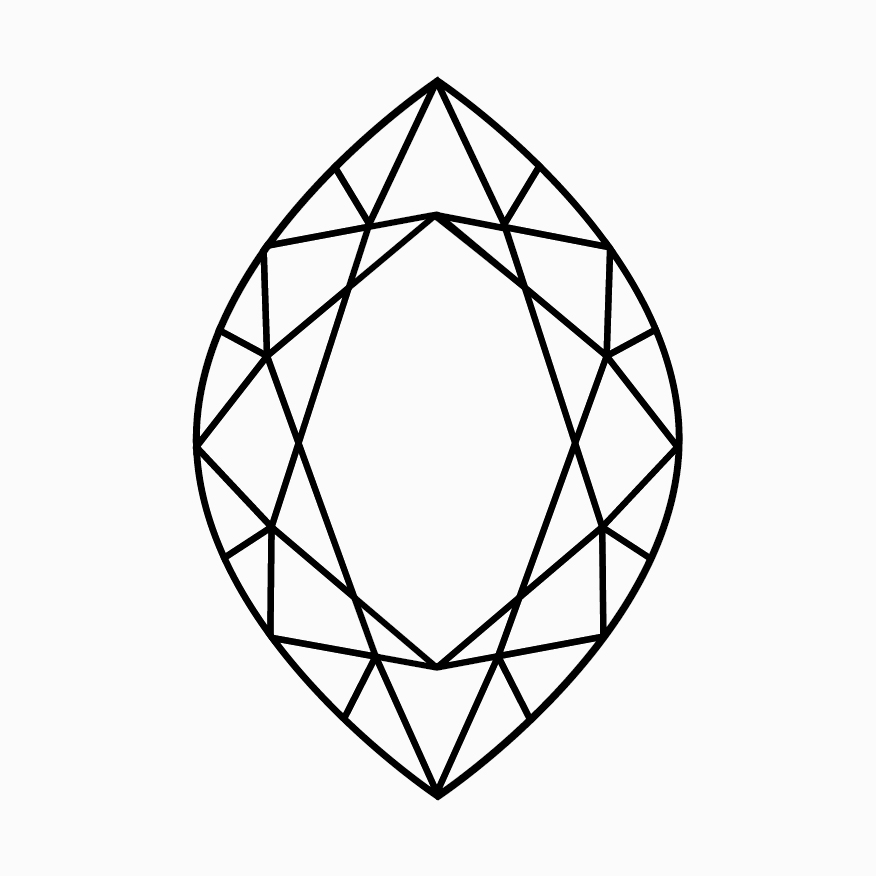

A marquise cut is an elegant elliptical shape, pointed at both ends.
(Image: Marquise cut moissanite halo engagement ring, Tiffany Style, yellow gold)
Oval
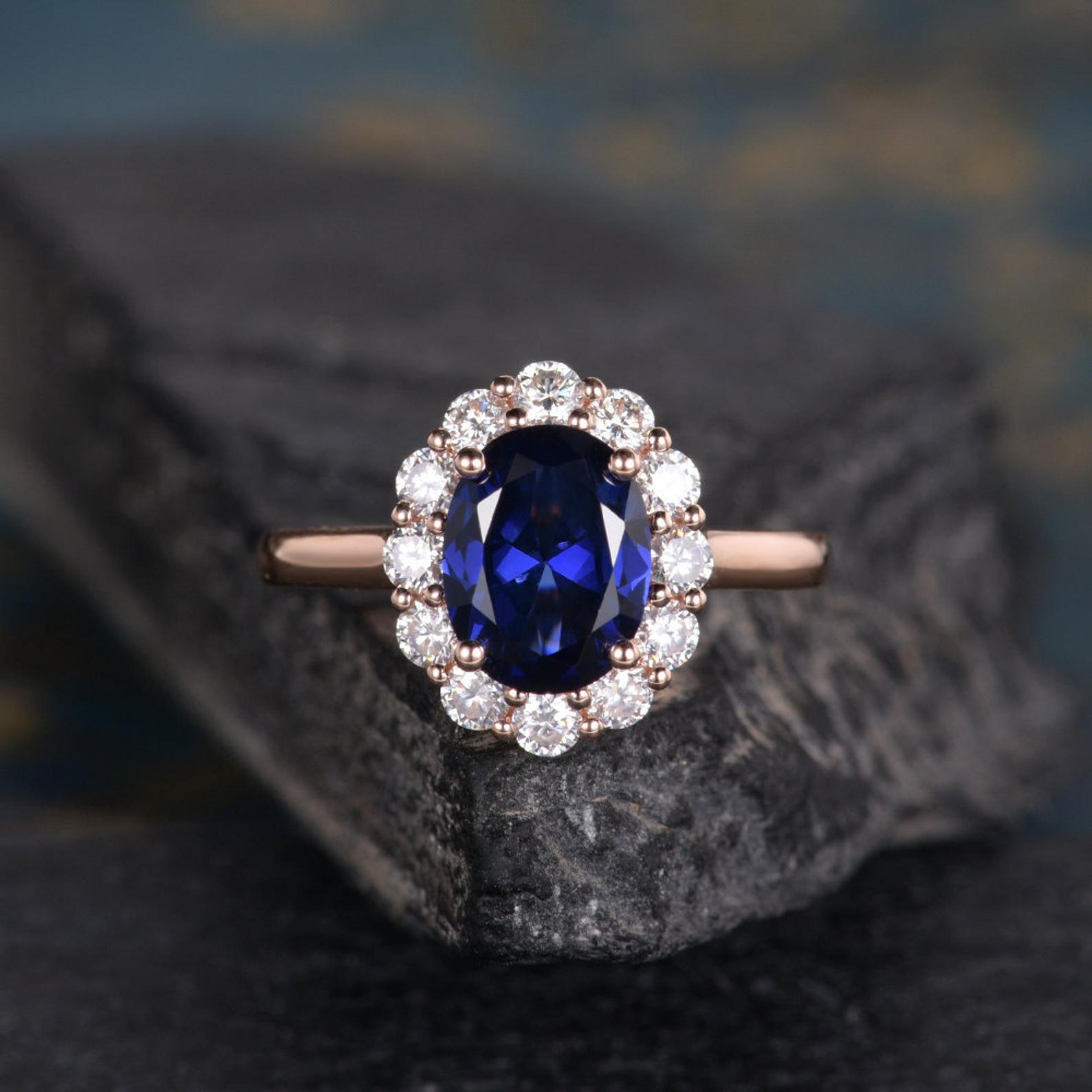
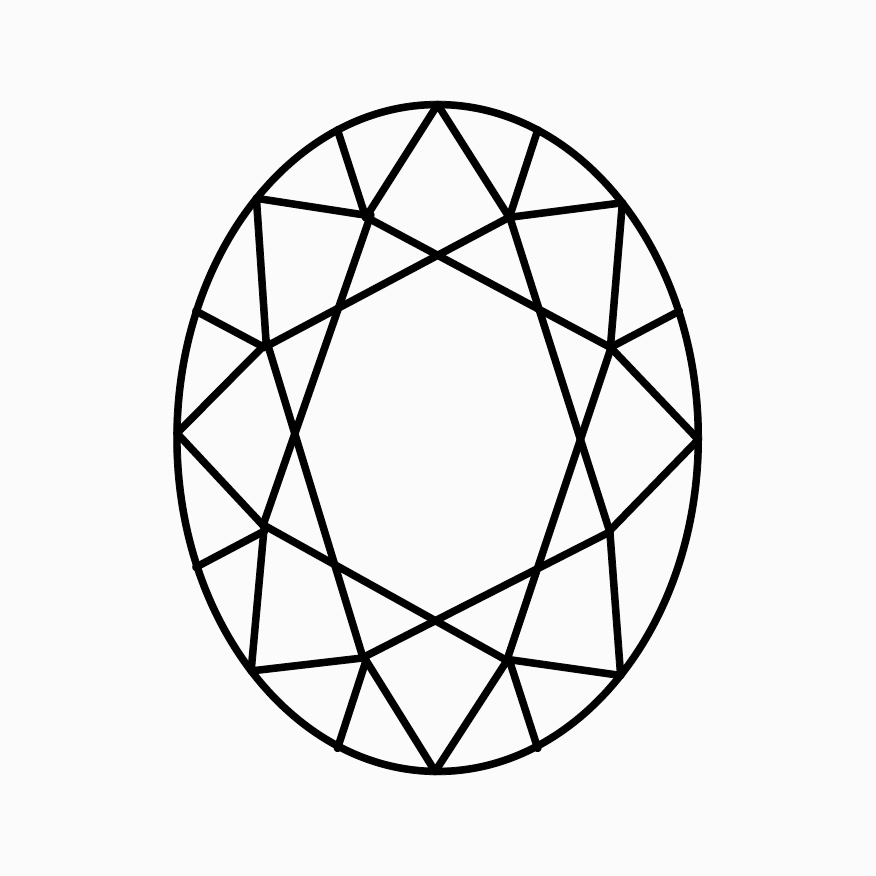
Oval stones became popular in the 1960s as an alternative to the round cut. The most famous oval ring is the engagement ring Prince Charles gave Lady Diana and later, Prince William gave to Catherine Middleton. It has 14 diamonds, surrounding a 12-carat oval blue Ceylon sapphire, set in 18-karat white gold.
Flawless Moissanite’s take on the Lady Diana engagement ring.
(Image: Blue sapphire & moissanite halo surround engagement ring, rose gold)
Pear
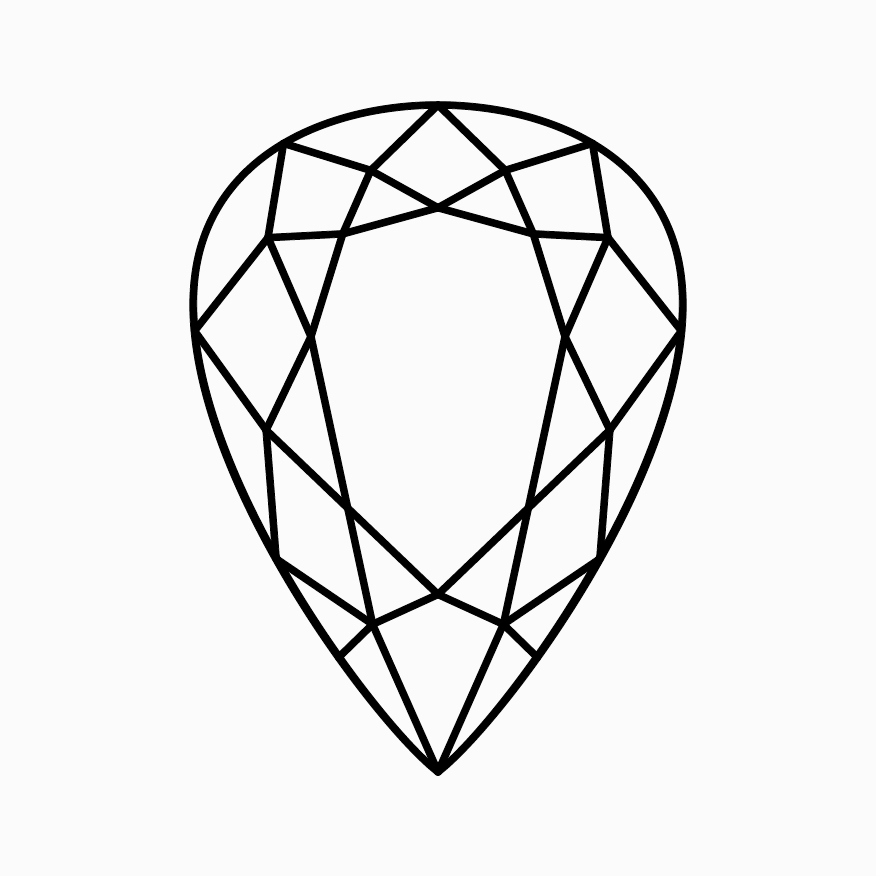


Pear-shaped stones are a delicate teardrop shape, round at one end, pointed at the other with 58 facets.
(Image: Pear cut moissanite ring with hidden halo, yellow gold)
Princess cut

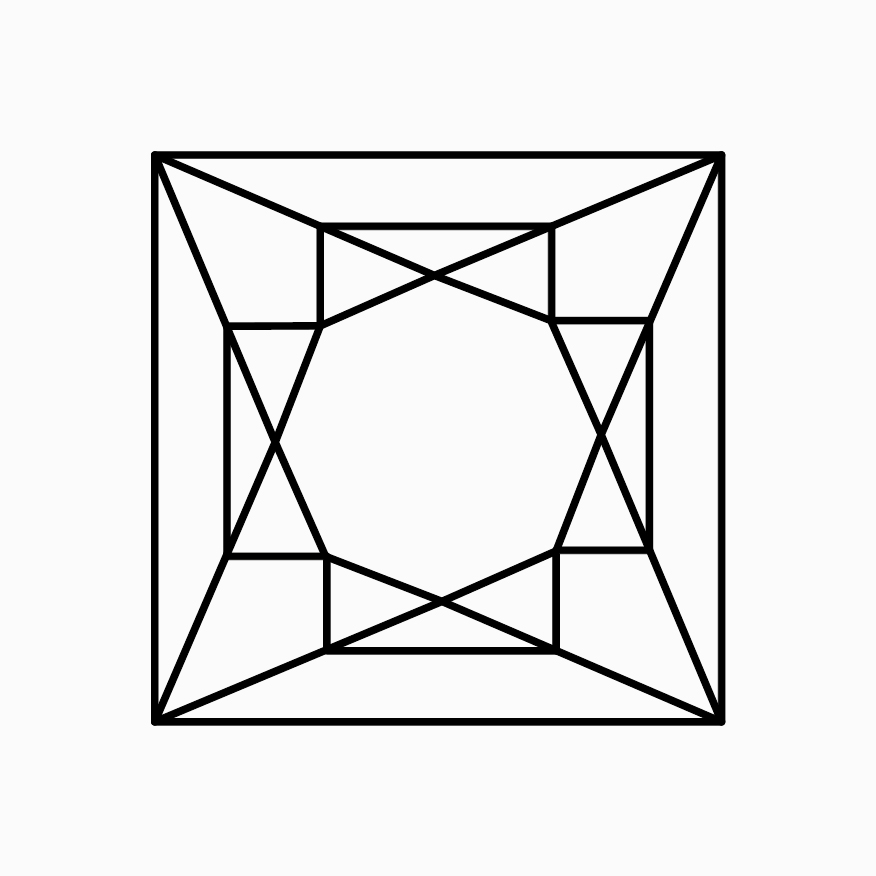
Princess is a square cut with pointed corners giving maximum brilliance. It’s essentially a square version of the round cut.
(Image: Princess cut moissanite engagement ring, hidden halo, yellow gold)
Radiant
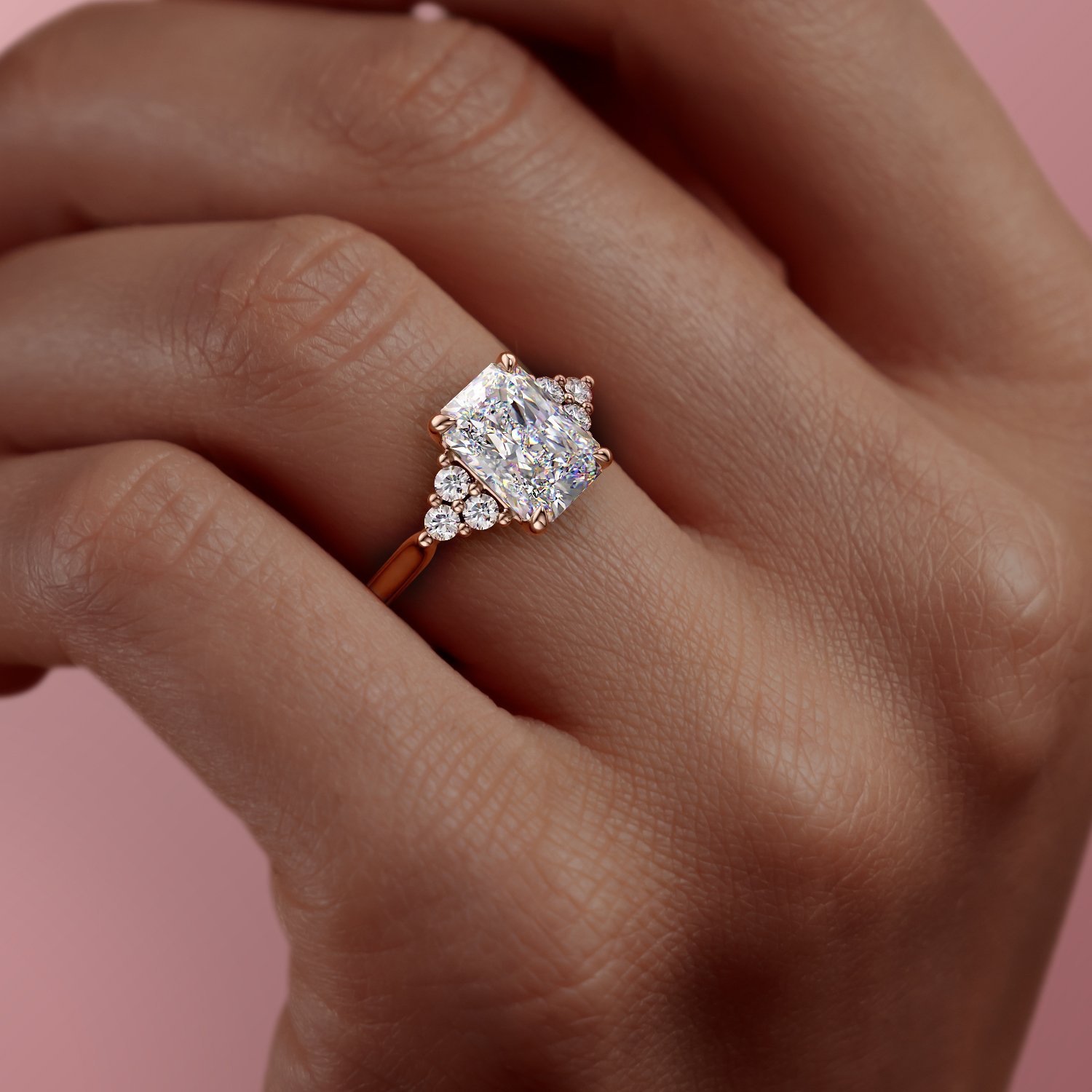
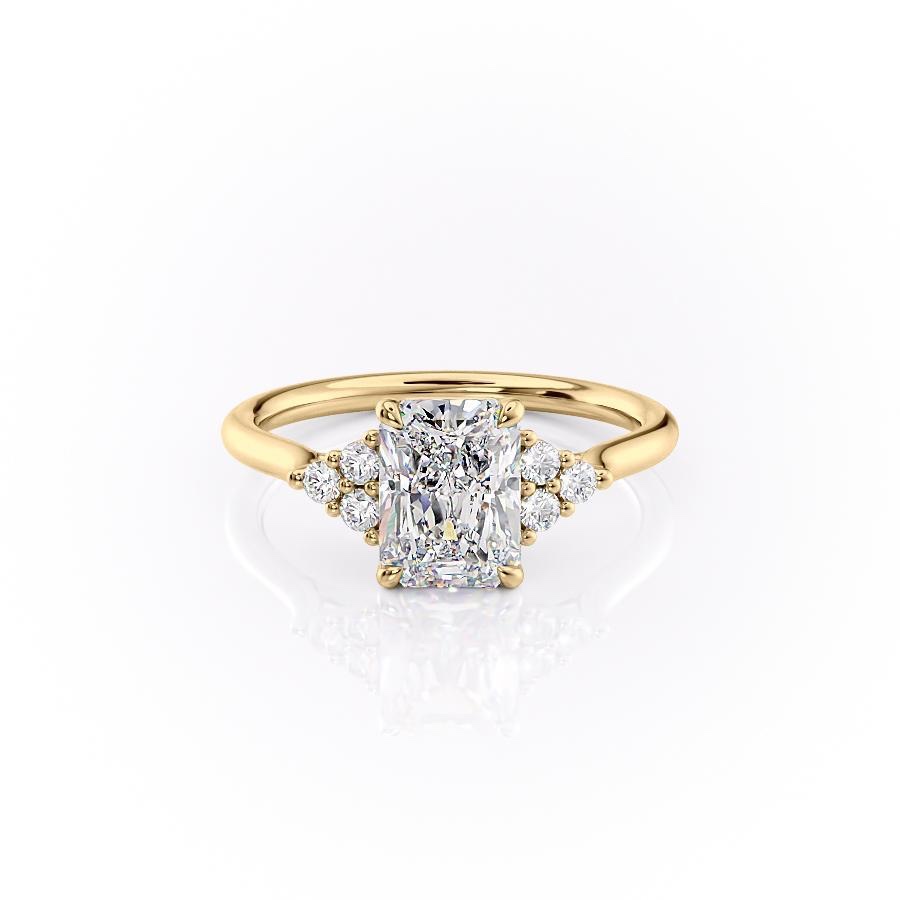

The radiant cut can be either square or rectangular and can have up to 70 facets, making it super brilliant.
(Image: Radiant cut moissanite with side stones, yellow gold)
Round
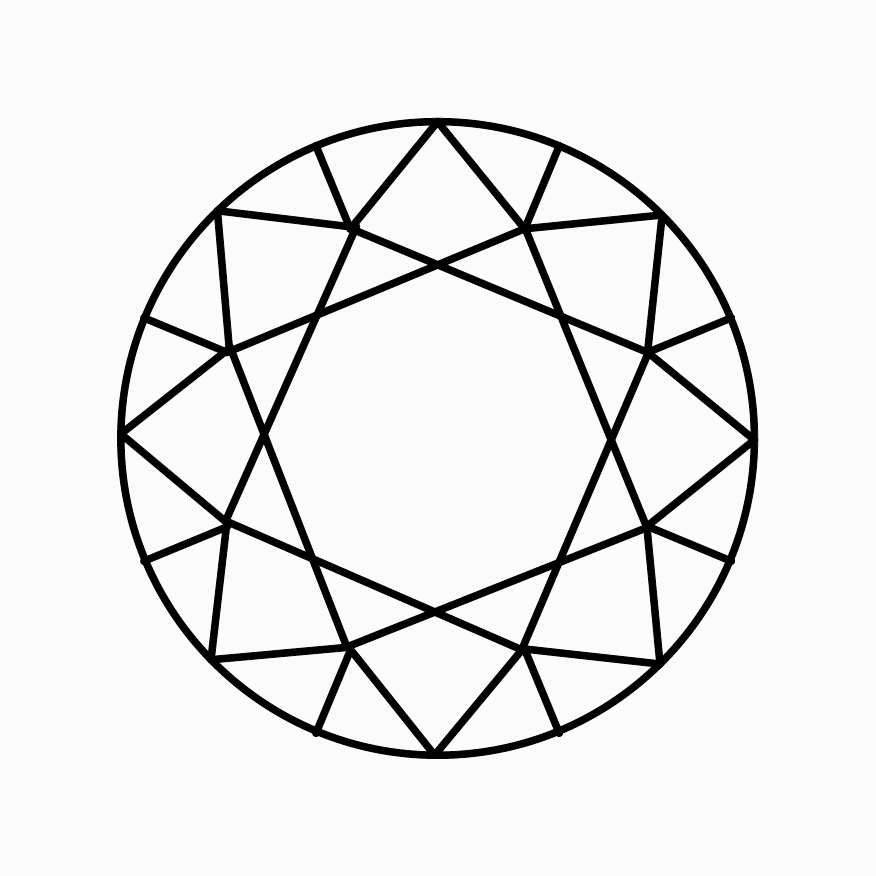
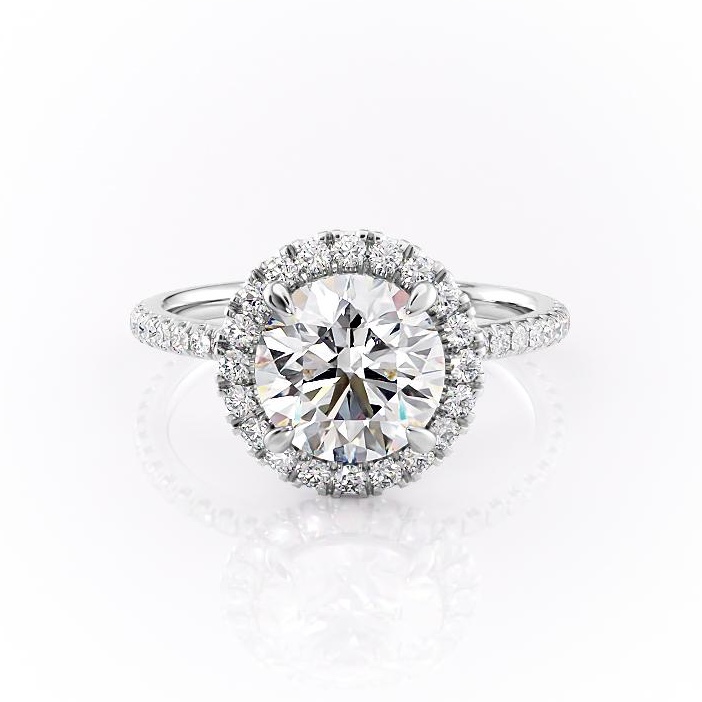
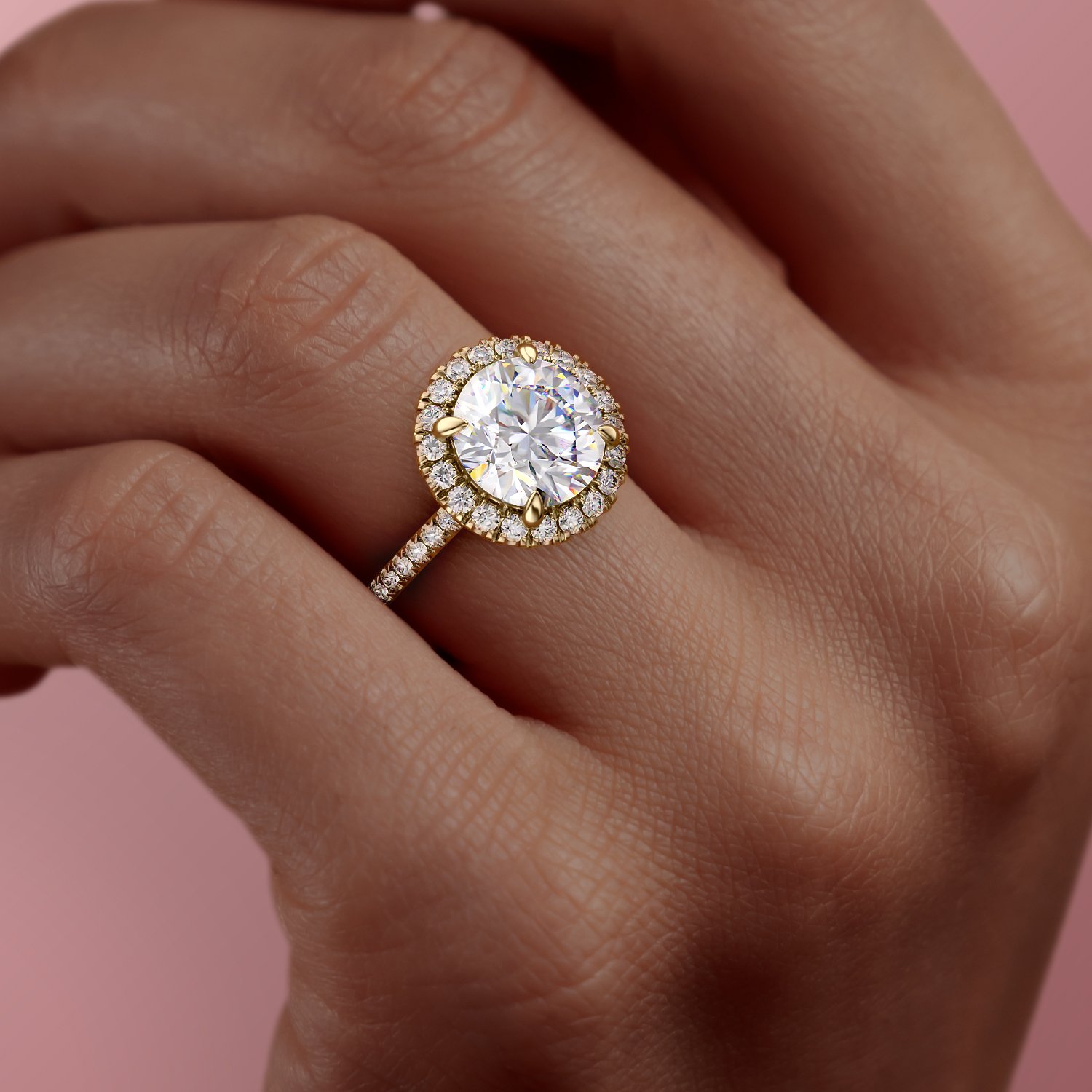
With 58 facets, this round, brilliant cut is still one of the most popular and expensive of all gem cuts. It’s been fashionable since the 1900s.
(Image: Radiant cut moissanite with side stones, yellow gold)
Cabochons
Stones which are smooth, and without any facets are known as cabochons.
There are many more stone cuts and shapes available, these are just some of the more popular styles. The main points to remember are that step-cut gems will enhance clarity and colour, while brilliant cuts are multi-faceted, designed for maximum light refraction and sparkle – so pick your cut to suit your stone and style!
Now you have the information needed to start your search, Flawless Moissanite has an amazing range of moissanite engagements to suit all tastes, styles and shapes! They produce the highest quality moissanites in a wide range of stone cuts and all the gold they use is recycled, for maximum eco-points with no compromise!
All rings are available from www.flawlessmoissanite.co.uk
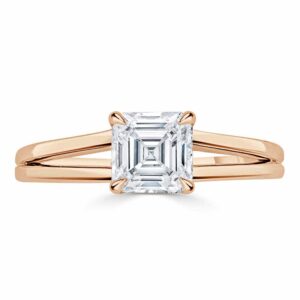
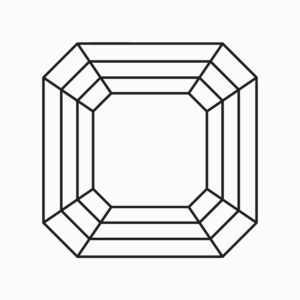
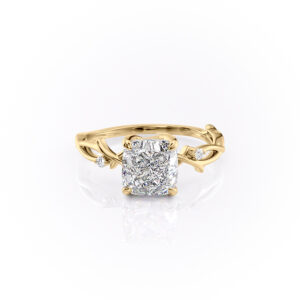
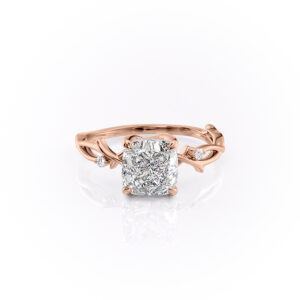
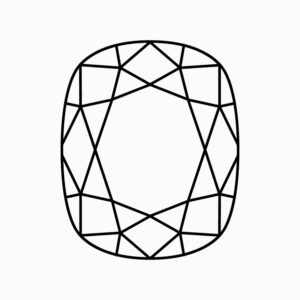
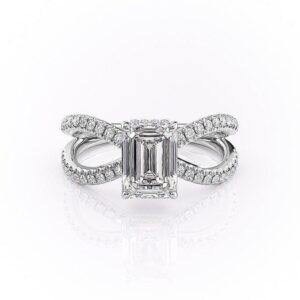
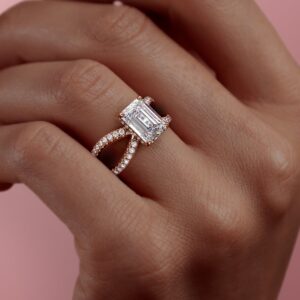 View the Gallery
View the Gallery 

